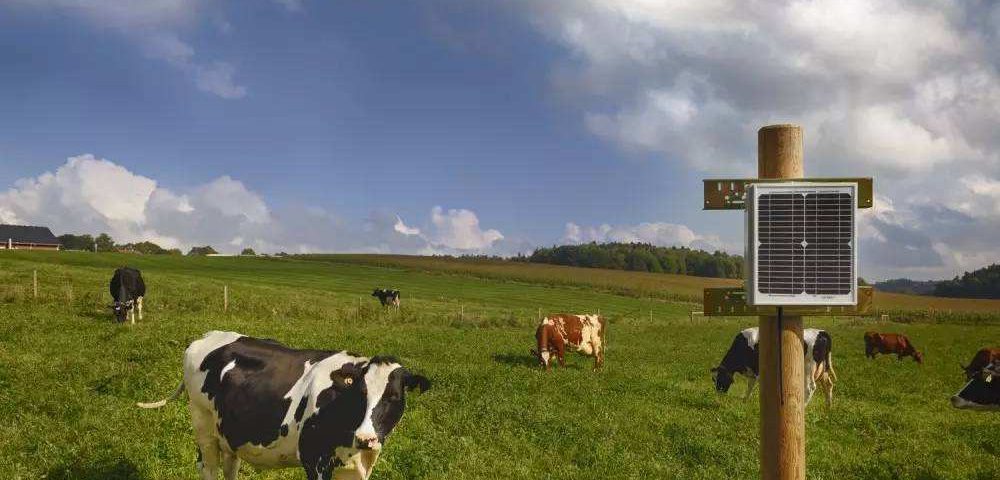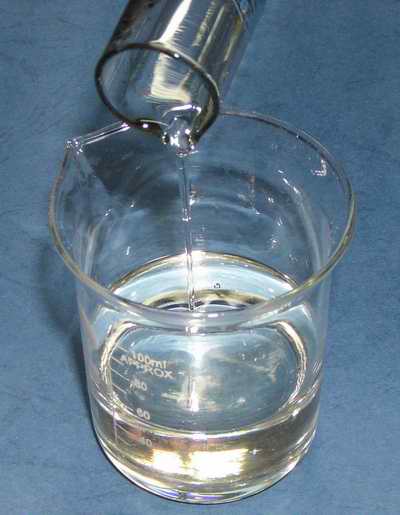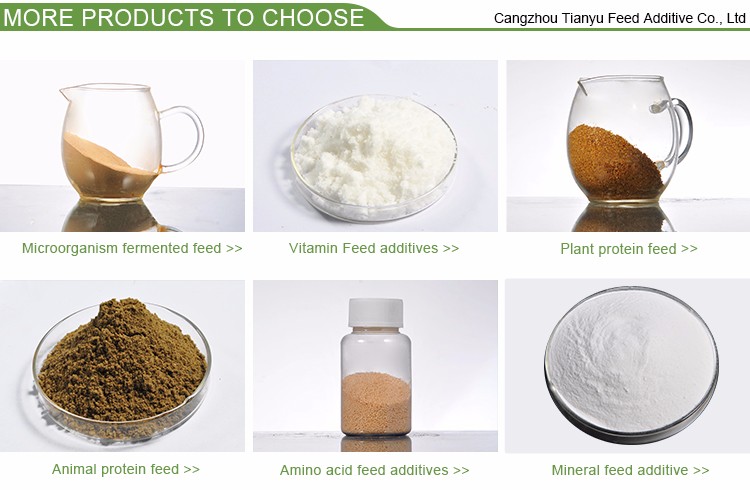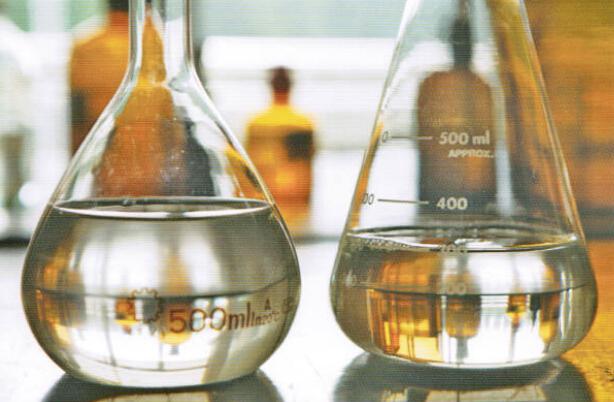Part 2. Choline Chloride : A Limiting Nutrient for farm animals.

Part 1. Choline Chloride : A Limiting Nutrient for farm animals.
July 7, 2022
Part 3. Choline Chloride : A Limiting Nutrient for farm animals.
July 7, 2022TRANSITION COW AND CHOLINE BIOLOGY
Several studies have shown 50 to 60% of transition cows experience moderate to severe fatty liver (Bobe et al., 2004). These studies have been conducted in numerous
countries across different genetic lines of cattle and varying management systems and the data do not represent problem cows or herds. The consistency amongst these
studies suggests that development of fatty liver is a “normal” part of the cow’s biology.
Because fatty liver is a classic deficiency symptom for choline, it is reasonable to question if transition cows are typically deficient in choline.
At calving there are hormonal changes that trigger an intense period of lipid mobilization from adipose tissue and as a result, blood nonesterified fatty acid (NEFA)
concentrations typically increase 5- to 10-fold (Grummer, 1993). NEFA remain elevated, although to a lesser extent, during early lactation when cows experience
negative energy balance. Blood flow to the liver doubles as a cow transitions from the dry period to lactation (Reynolds et al., 2003). NEFA concentration and blood flow are
the two biggest factors affecting how much NEFA is taken up by the liver. As a result, daily fatty acid uptake by the liver increases 13-fold at calving, from approximately 100
to 1300 g/day (Reynolds et al., 2003). Not all of the fatty acids taken up by the liver will be stored and contribute to fatty liver. However, Drackley et al., (2001) estimated that
during peak blood NEFA concentration, approximately 600 g might be deposited in 24 hours, which would correspond to an increase in liver fat of 6-7%, by weight. As a
reference, fat above 5% in the liver (wet basis) is considered by the veterinary community to be moderate to severe fatty liver. It is important to understand that this
dramatic increase in NEFA uptake by the liver is part of the normal biology of transition cows and is not restricted to fat cows, poorly fed cows, or cows housed in suboptimal
environments.
The most desirable fate of fatty acids entering the liver would be complete oxidation to provide energy to the liver or reesterification and export as triglyceride from the liver
as part of a very low density lipoprotein (VLDL). Hepatic oxidation increases approximately 20% during the transition period (Drackley et al., 2001). This increase
does not represent a strategic move by the cow’s liver to cope with the sudden surge of NEFA uptake at calving. It occurs because the liver becomes metabolically more
active. Unfortunately, the increase in oxidation is not sufficient to cope with the increased load of fatty acid being presented to the liver. Research conducted 25 years
ago at the University of Wisconsin (Kleppe et al., 1988) and Michigan State University (Pullen et al., 1990) revealed that ruminants have a low capacity to export triglyceride
from the liver as VLDL as compared to nonruminants. This and the inability to markedly increase fatty acid oxidation is why transition dairy cattle develop fatty liver when
experiencing elevated blood NEFA.
It is now apparent that choline deficiency is a limiting factor for VLDL triglyceride export from the liver. It has been shown in many species, using a wide variety of
experimental approaches, that rate of VLDL export is highly related to the rate of hepatic PC synthesis (Cole et al., 2011). Models include monograstrics fed choline
deficient diets, isolated hepatocytes cultured in choline and methionine deficient media,and knockout mice for genes involved in PC synthesis (Cole et al., 2011). Interestingly,
there is no evidence that synthesis of any other phospholipid is required for hepatic VLDL assembly and secretion. In addition to direct PC synthesis from dietary choline,there is endogenous hepatic synthesis of PC via methylation of phosphotidylethanolamine (PE). Sharma and Erdman (1988) demonstrated dietary choline is extensively degraded in the rumen of dairy cows and very little is available to the small intestine for absorption. Choline flow to the duodenum increased less than 2 g/day, even when free choline intake was increased to more than 300 g/d. Therefore,
ruminants are more highly dependent than nonruminants on endogenous synthesis of PC from PE. Is endogenous synthesis of PC from PE sufficient during the transition period or do cows require choline supplementation? The high proportion of transition cows developing moderate to severe fatty liver during the transition period suggests that endogenous synthesis is not sufficient in many cows.





